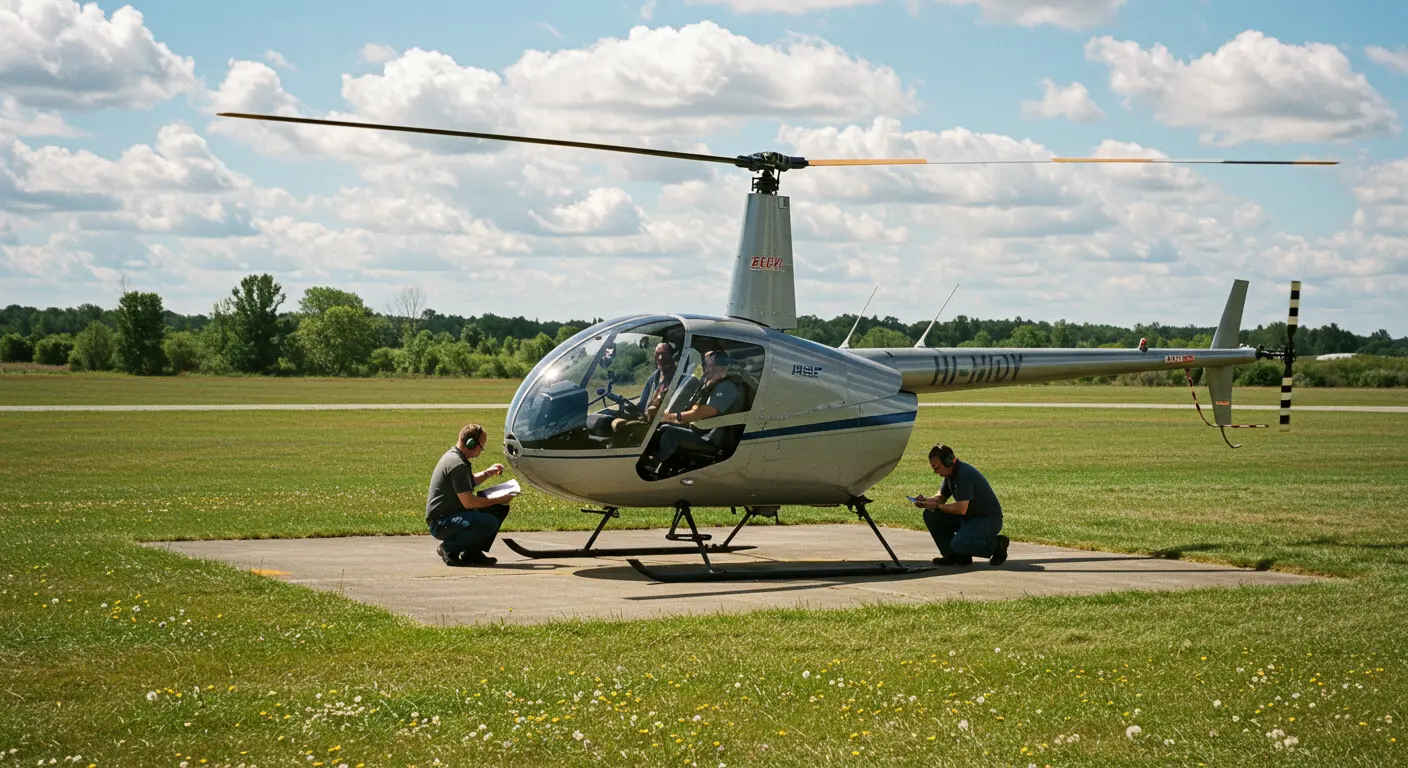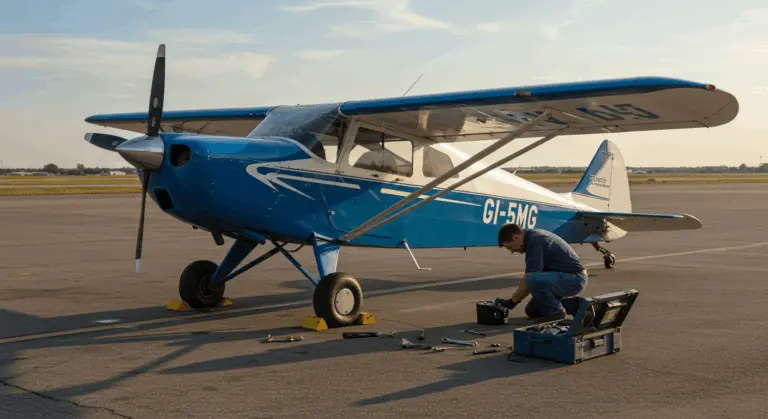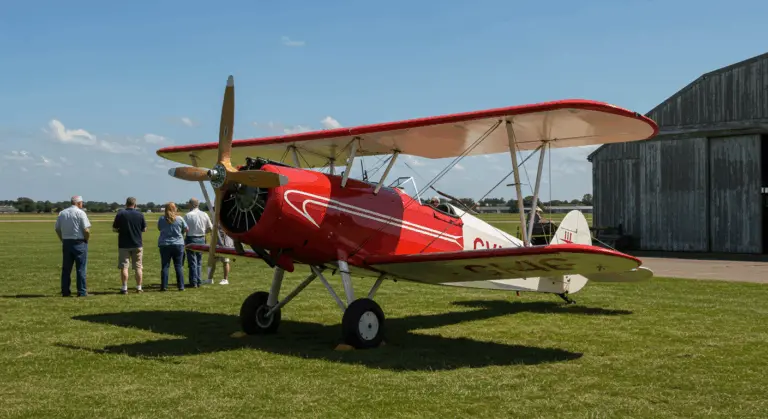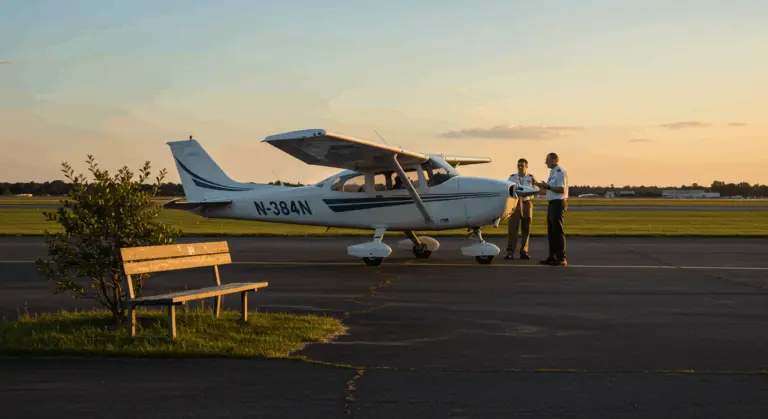Is the Robinson R44 a Death Trap? An In-Depth Analysis
Understanding the Safety Record of Robinson R44
As one of the world’s most popular civilian helicopters, the Robinson R44’s safety record attracts careful examination from aviation experts and regulators alike. The data shows concerning figures: the R44 posts a fatal accident rate of 1.6 per 100,000 flight hours—nearly 50% higher than comparable helicopter models.
Over the past five years in the United States alone, 13 fatal accidents involving R44s occurred, representing 0.8% of the fleet. Compare this to the Cessna 172—a ubiquitous fixed-wing aircraft—which maintains a 0.3% rate. These differences raise important questions among safety experts.
These numbers need context, however. Several contributing factors inflate the R44’s accident rate without necessarily pointing to fundamental design deficiencies:
-
Pilot Experience: Its popularity as a training aircraft means it is often flown by pilots with less experience.
-
Operational Use: Its widespread use in challenging roles like aerial photography, tourism, and private transport exposes it to more varied risks.
Robinson R44 Accident Statistics
Robinson Helicopter Company has introduced several important safety improvements to address these issues over the years:
Common Causes of Accidents
R44 accidents typically result from multiple contributing factors:
Key Safety Concerns Associated with Robinson R44
The helicopter’s design presents aerodynamic challenges that demand specialized pilot training:
Mast Bumping Risks Explained
Mast bumping represents one of the most critical aerodynamic hazards facing helicopters with semi-rigid rotor systems like the R44.
This occurs during low-G situations—turbulence, abrupt control inputs—when the rotor disc tilts excessively, allowing the hub to strike the mast. The results can be catastrophic, with in-flight breakup a terrifying possibility.
Pilot training emphasizes prevention techniques, including:
-
Avoiding maneuvers that induce low-G conditions.
-
Using smooth control inputs and maintaining proper airspeed.
-
Recognizing and recovering from potential low-G situations.
Post-Crash Fire Incidents
Post-crash fires have been a serious concern for the R44, transforming otherwise survivable accidents into tragedies. In many cases, occupants who weathered the initial impact perished in fires sparked by compromised fuel systems.
Earlier models featured aluminum fuel tanks that frequently ruptured on impact. Following crashes, spilled fuel would ignite, creating fast-moving fires that gave occupants very little time to escape.
Robinson’s response was decisive: introducing crash-resistant bladder-type fuel tanks and issuing service bulletins mandating retrofits for older models. These changes substantially reduced this particular risk.
Regulatory Oversight and Safety Training
The Federal Aviation Administration (FAA) has implemented targeted regulations addressing R44 safety concerns, most notably Special Federal Aviation Regulation (FAR) 73.
FAR 73 mandates comprehensive additional training, experience requirements, and specific endorsements for pilots. This training focuses on the helicopter’s unique handling characteristics and hazards like the dreaded mast bumping phenomenon.
Beyond FAR 73, the FAA issues Airworthiness Directives (AD’s) mandating inspections or component replacements. The industry has also improved training protocols with specialized instruction and advanced simulators.
Public Perception and Media Coverage
The R44’s safety record has received significant media attention, with major outlets like the Los Angeles Times and 60 Minutes Australia producing comprehensive investigative reports. These reports often highlight concerning statistics—such as the 42 fatal R44 crashes in the U.S. between 2006 and 2016—while focusing on dramatic incidents involving post-crash fires or catastrophic in-flight breakups.
This extensive media coverage has significantly influenced public perception of the R44, often creating an impression that the helicopter is inherently dangerous. High-profile accidents—particularly those involving celebrities or occurring in populated areas—receive extensive coverage that reinforces this perception.
This public perception presents real challenges for Robinson Helicopter Company, operators, and pilots alike. While the manufacturer has implemented numerous safety improvements over the years, these enhancements receive far less media attention than accidents.
Aviation Enthusiasts and Safety Discussions
Within aviation communities, discussions about the Robinson R44’s safety record are much more detailed than mainstream media coverage suggests. Online forums, pilot associations, and industry publications regularly include thorough analyses of specific incidents, detailed technical discussions into the helicopter’s design characteristics, and spirited debates about appropriate training and operational practices.
Aviation professionals often attribute the higher accident rate to the R44’s frequent deployment as a training aircraft for inexperienced pilots. They consistently emphasize the critical importance of respecting the helicopter’s operational limitations.
Aviation enthusiasts contribute to safety awareness by sharing detailed incident analyses and practical lessons. These peer-to-peer discussions share practical knowledge that goes beyond formal training requirements.







